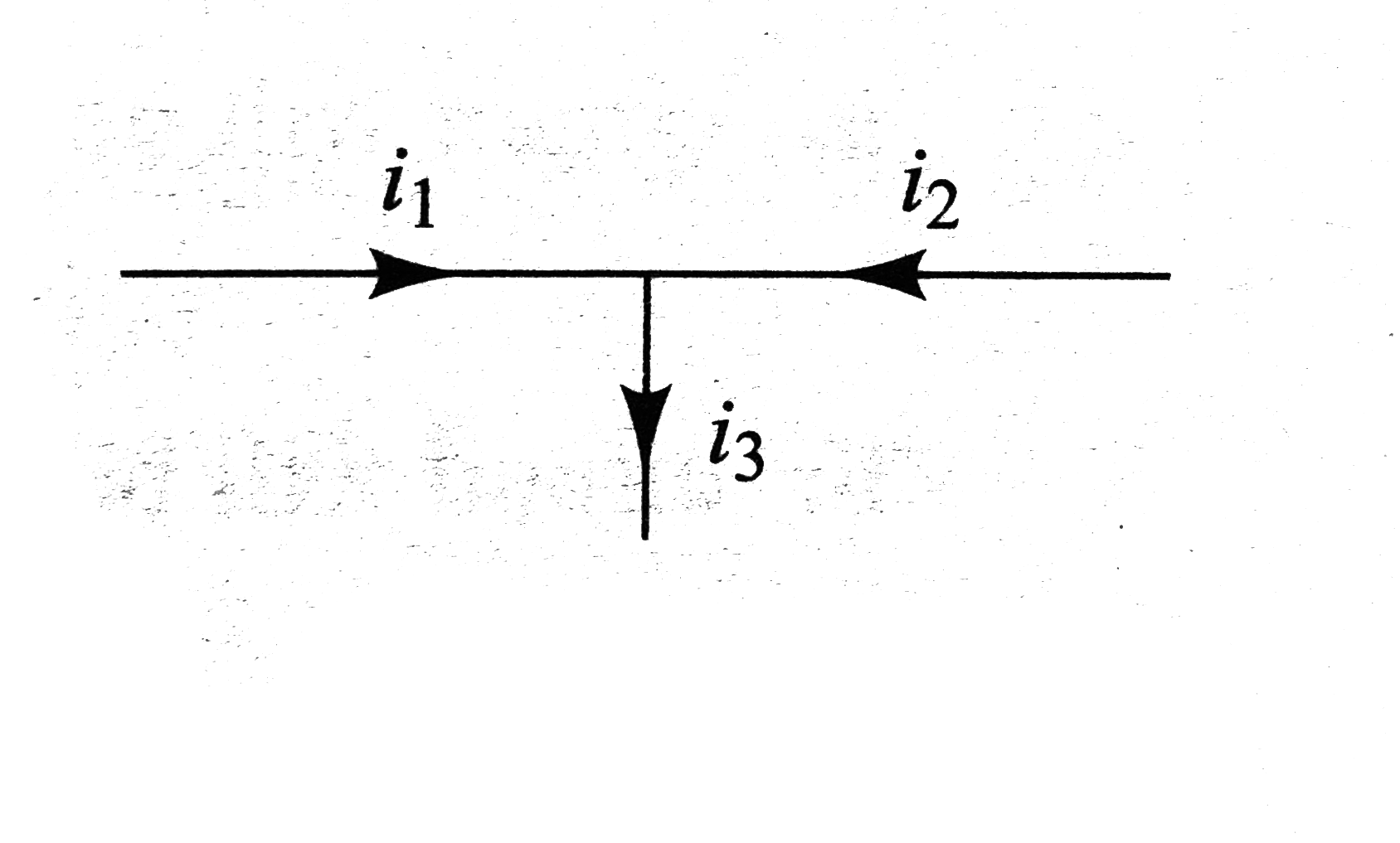Four sound sources produce the following four waves
(i) y1=asin(ωt+ϕ1)
(ii) y2=asin2ωt
(iii) y3=a'sin(ωt+ϕ2)
(iv) y4=a'sin(3ωt+ϕ)
Superposition of which two waves gives rise to interference?
(i) and (ii)
(ii) and (iii)
(i) and (iii)
(iii) and (iv)
The correct Answer is:C
Step by step video, text & image solution for Four sound sources produce the following four waves (i) y_(1)=a sin (omega t+phi_(1)) (ii) y_(2)=a sin 2 omega t (iii) y_(3)= a' sin (omega t+phi_(2)) (iv) y_(4)=a' sin (3 omega t+phi) Superposition of which two waves gives rise to interference? by Physics experts to help you in doubts & scoring excellent marks in Class 12 exams.
Updated on:21/07/2023Topper's Solved these Questions
Similar Questions
Knowledge Check
Four sound sources produce the following four waves
(i) y1=asin(ωt+ϕ1)
(ii) y2=asin2ωt
(iii) y3=a'sin(ωt+ϕ2)
(iv) y4=a'sin(3ωt+ϕ)
Superposition of which two waves gives rise to interference?A(i) and (ii)B(ii) and (iii)C(i) and (iii)D(iii) and (iv)Four different independent waves are represented by
(i) y1=a1sinωt , (ii) y2=a2sin2ωt
(iii) y3=a3cosωt , (iv) y4=a4sin(ωt+π3)
With which two waves interference is possibleAIn (i) and (iii)BIn (i) and (iv)CIn (iii) and (iv)DInsufficient data to predict.If i1=i0sin(ωt),i2=i02sin(ωt+ϕ), then i3=
 A√i201+i202sin{ϕ+ωt}B(i01+i02)sin(ϕ2+ωt)C(√i201+i202+2i01i02cosϕ)sin[ϕ+ωt]D(√i201+i202+2i01i02cosϕ)sin[α+ωt] where α=Tan−1[i02sinϕi01+i02cosϕ]
A√i201+i202sin{ϕ+ωt}B(i01+i02)sin(ϕ2+ωt)C(√i201+i202+2i01i02cosϕ)sin[ϕ+ωt]D(√i201+i202+2i01i02cosϕ)sin[α+ωt] where α=Tan−1[i02sinϕi01+i02cosϕ]
Four light waves are represented by
(i) y=a1sinωt
(ii) y=a2sin(ωt+φ)
(iii) y=a1sin2Ωt
(iv) y=a2sin2(ωt+φ)
Interference fringes may be observed due to superposition of
View SolutionFollowing are equations of four waves :
(i) y1=asinω(t−xv)
(ii) y2=acosω(t+xv)
(iii) z1=asinω(t−xv)
(iv) z1=acosω(t+xv)
Which of the following statements are correct ?
View SolutionIf two independent waves are y1=a1sinω1 and y2=a2sinω2t then
View SolutionFour waves are expressed as
1. y1=a1sinωt
2. y2=a2sin2ωt
3. y3=a3cosωt
4. y4=a4sin(ωt+ϕ)
The interference is possible between
View SolutionThe equations of two SH M's are
X1=4sin(ωt+π/2).X2=3sin(ωt+π)
View Solution

